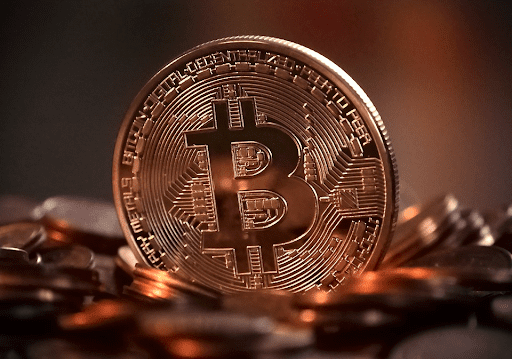Everything you purchase involves payment. Whether you are paying online or by POS, you initiate a transaction via authorization for the merchant to debit your bank account or credit card. Bank and debit card payments involve paying with your deposit, while credit card payments use a credit limit to complete your transactions, so you have to pay it later.
The payment processing industry is ever-evolving, with innovations coming out every day. This guide will cover everything you need to know about the different payment processing methods available today.
1. Credit Card Payments

The use of credit cards (and debit cards) is the most common method of completing online and in-store purchases. The cardholder provides the merchant with the card number, expiration date, and CVV code. The issuing bank then verifies the credit card number, and if approved, funds transfer from the cardholder’s account to the merchants.
There are various stages of authentication, including identity verification by the card provider and fraud prevention measures. The entire process usually takes less than a few seconds, and the cardholder is not required to enter any personal information beyond their card information.
Payment gateways play an essential role in the authentication process since they access the card networks directly. They act as an intermediary between the merchant and the issuing bank, verifying the credit card information and setting up the transaction for payment.
Sometimes, payments via credit cards may be risky. It is vital to learn about high risk payment processors experts in USA. As a merchant, you may need to separate the high-risk transactions because of their disadvantages. The disadvantage is that you will pay an additional fee for the increased risk of fraud. You may also experience a higher processing rate, and your transactions may be subject to longer approval wait times.
2. Bank Transfers (ACH)

Bank deposits may not be as popular as credit cards because they do not automate order confirmations. Instead, the bank transfer involves a request for the funds to be transferred from one account to another. The ACH network then processes the requests and moves the money from the customer account to the merchant using the provided instructions.
When paying via ACH, the customer must include a narrative about the transfer to help the merchant understand what the payment involves. This condition is helpful if multiple transfers occur to different accounts on the same day.
Since bank transfers involve human interaction, they can take longer to process than other payment channels. The average ACH transaction takes two to three days to complete, while credit card payments occur within seconds.
Bank transfer payments are usually limited to transactions below $20,000, and they may be subject to additional fees if the transaction is considered huge. Another disadvantage of bank transfers is that they do not offer a simple way to reverse the transaction.
3. PayPal
PayPal is a popular e-commerce payment system that allows customers to pay for products and services with funds from their PayPal account or debit or credit card. PayPal is often preferable as a payment option on third-party websites, like eBay or Amazon.
When a customer completes a purchase, they do not give out their financial information to the merchant. Other payment processors can handle debit or credit card payments to protect the customer from fraud. If you do not want to use your banking details with PayPal, you can ask a friend to send you funds to use and pay for your purchases.
4. Bitcoin and Other Crypto

Bitcoin is a digital currency you can use to purchase items online. It offers the advantage of using it across borders, eliminating any cross-border restrictions. Customers do not need bank authorizations to complete payments. The currency exists in a digital wallet, and each transaction gets verified by a peer-to-peer network.
It has several advantages, but there are also a few disadvantages. For instance, the value of Bitcoin can change drastically in a short time. If you accept Bitcoin payments, it is necessary to be aware of the current price. Also, value your goods in fiat and offer cryptocurrency as a payment method.
5. Mobile Wallets

Mobile wallets are digital versions of your physical wallet. They allow you to store your credit card, debit card, and bank information in one place. You can pay for your goods without disclosing your personal information.
A few of the most common mobile wallets include Google Pay, Samsung Pay, and Apple Pay. All of these wallets allow you to make in-app and online payments. When using a mobile wallet, the customer scans their fingerprint to complete the transaction. It eliminates the need for a password, which can be forgotten or hacked.
Mobile wallets are convenient because they do not require you to use your physical wallet. You can leave it at home and still pay for goods using a mobile app.
Summary
While digital and technological advancements simplify payment processing, they involve complex stages to complete transactions. Some payment methods may take as short as a fraction of a second, while others can last days. A merchant needs to stay informed about all available payment processing options and choose their best option.
